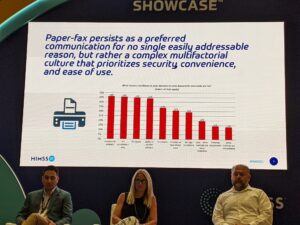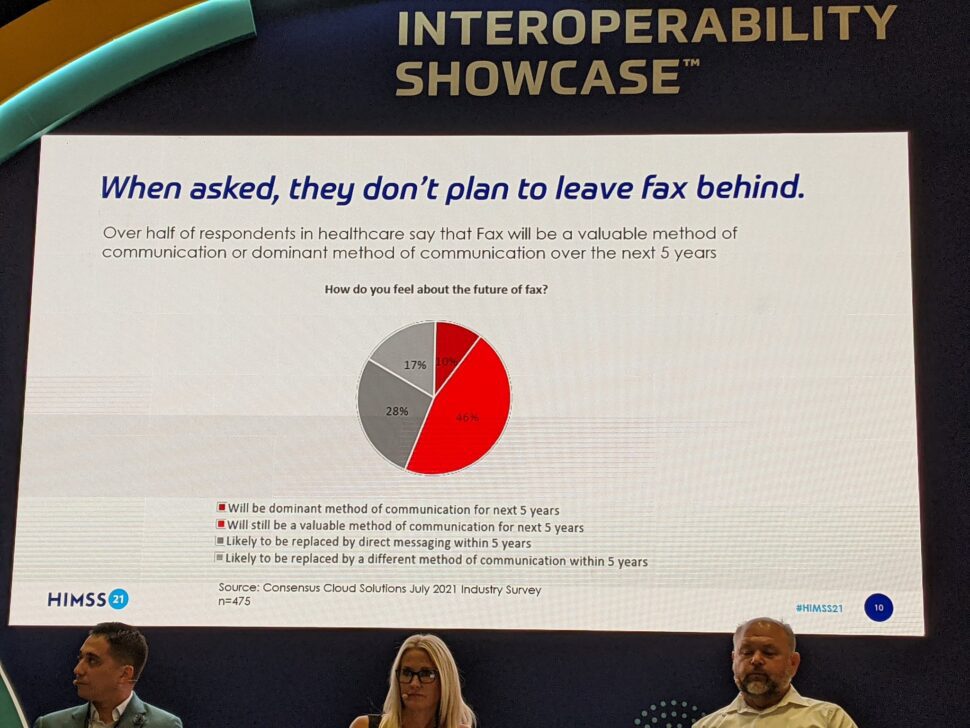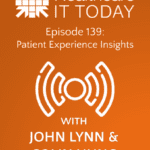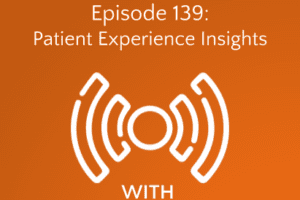There is a lot of valuable information lying dormant in paper and electronic documents in healthcare. Although EHRs have almost eliminated the use of paper charts, the same cannot be said for faxes. Fax continues to be a common method for sharing health information between providers. Thankfully there are tools and technologies that can unlock the value in those faxes.
Fax is Not Going Away
At the recent #HIMSS21 conference, a panel discussed faxes, optical character recognition, artificial intelligence (AI) and strategies to unleash the value of these unstructured data sources. The panel featured:
- Therasa Bell, President and CTO at Kno2
- Frank Toscano, Head of Product Management at Consensus Cloud Solutions
- Karim Galil, CEO at Mendel Ai
- Michael Marchant, Director – System Integration & Health Information Exchange at C. Davis
 The panel kicked off with some very interesting statistics from a survey conducted by Consensus about the use of fax. When healthcare providers were asked why they still use fax, here were the results:
The panel kicked off with some very interesting statistics from a survey conducted by Consensus about the use of fax. When healthcare providers were asked why they still use fax, here were the results:
- 46% said it was required by the recipient
- 46% because it was convenient/easy
- 45% because it was secure
- 44% liked it because the ability to confirm delivery
- 34% said it was reliable
I was a bit surprised that “Because every provider is capable of receiving a fax” wasn’t on the list…but maybe it wasn’t an option on the survey.
As much as we make fun of the use of fax in 2021, the fact of the matter is that it remains a near-ubiquitous technology in healthcare. It is the cheapest and easiest form of interoperability. It’s terrible for patients, but for providers it works.
For those that are hoping fax will disappear from healthcare…you’ll be sad to learn that the survey found 56% of respondents believed fax would still be a valuable form of communication 5 years from now.

Reframing Fax
During the panel discussion Bell had a very insightful comment about faxes:
“Every patient has a story and often it is in their health data. Fax is here. Can’t wish it away. So we embraced it as a source of valuable unstructured data” Theresa Bell @Kno2 #HIMSS21 #HITsm pic.twitter.com/XYdGtaB1pi
— Colin Hung (@Colin_Hung) August 11, 2021
The panel agreed with Bell and suggested to the audience that we might need to reframe how we think about fax. Instead of viewing as something to completely eliminate, perhaps we would be equally served to elevate fax for provider-to-provider information sharing.
I was reminded of a comment made to me in a past discussion with the team at Consensus – that fax is not a machine but rather a protocol – a way to transmit information from one place to another. It just so happens that the information being transmitted is in the form of a paper document. That paper is converted into bits and then reconstituted into a paper document by the recipient. But if we eliminated the paper on either side of that equation, then all we are left with is an electronic means to share information…which by definition is a communication protocol no different than TCP/IP, text or email.
Detaching Fax From Paper
To eliminate the paper, Toscano pointed to Optical Character Recognition (OCR) technology which takes paper documents and converts them using optical algorithms into electronic text.
“Cloud fax alone doesn’t mean you a rw interoperable. You need additional tools like OCR to extract the info from the fax document” Frank Toscano @ConsensusCare #HIMSS21 #HITsm pic.twitter.com/sYluXeBn3N
— Colin Hung (@Colin_Hung) August 11, 2021
Even better, of course, would be to send the information electronically in the first place. That’s possible and both Toscano and Bell pointed to Direct Secure Messaging (Direct) as an example. Sending information via Direct is very similar to the way faxes and emails are sent. Providers are assigned a unique number (like a fax number) which is used to designate the recipient. The sender than pushes a button in their HER and the information is sent via Direct to the designated recipient. The information arrives much like an email or fax does – in a queue that the recipient can review.
No matter how the information from paper documents is transformed, once it is done, the information can be integrated into the electronic workflows that are part of most hospital operations. Marchant confirmed this for the audience by sharing several stories from his own organization.
Paper documents arriving via fax can be integrated into the workflow and helps make clinical process more streamlined. It’ works! Michael Marchant @ucdavis #HIMSS21 #HITsm pic.twitter.com/kTAdpp7NRY
— Colin Hung (@Colin_Hung) August 11, 2021
Fax Isn’t Viable For Patients
I think it’s important to note that this panel was exclusively focused on fax as a protocol for provider-to-provider information sharing. The panelists all agreed, however, that fax as a communication method for patients definitely needed to be eliminated. While most providers have access to a fax machine or fax technology, the same is not true for patients. For patients, fax remains an annoyance and inconvenience.
My tweets about results of the survey that showed the continued use of fax generated many strong responses. Some expressed dismay. Many exasperation that fax continues to be part of the healthcare conversation.
Here are just a couple:
boo. #axethefax #HIMSS21
— Nathan Grunewald MD FACS (@NathanGrunewald) August 12, 2021
Forget flying cars. Healthcare is still hanging on to their faxes. Sigh.
Yes, I’m seeing red!🤬#HIMSS21 cc: @Colin_Hung @techguy https://t.co/VPaWWYMRNC
— Rasu Shrestha MD MBA (@RasuShrestha) August 11, 2021
Bottom line: I agree with the panel. It’s time to eliminate paper from healthcare and elevate faxes to a fully electronic way to share information between providers.













